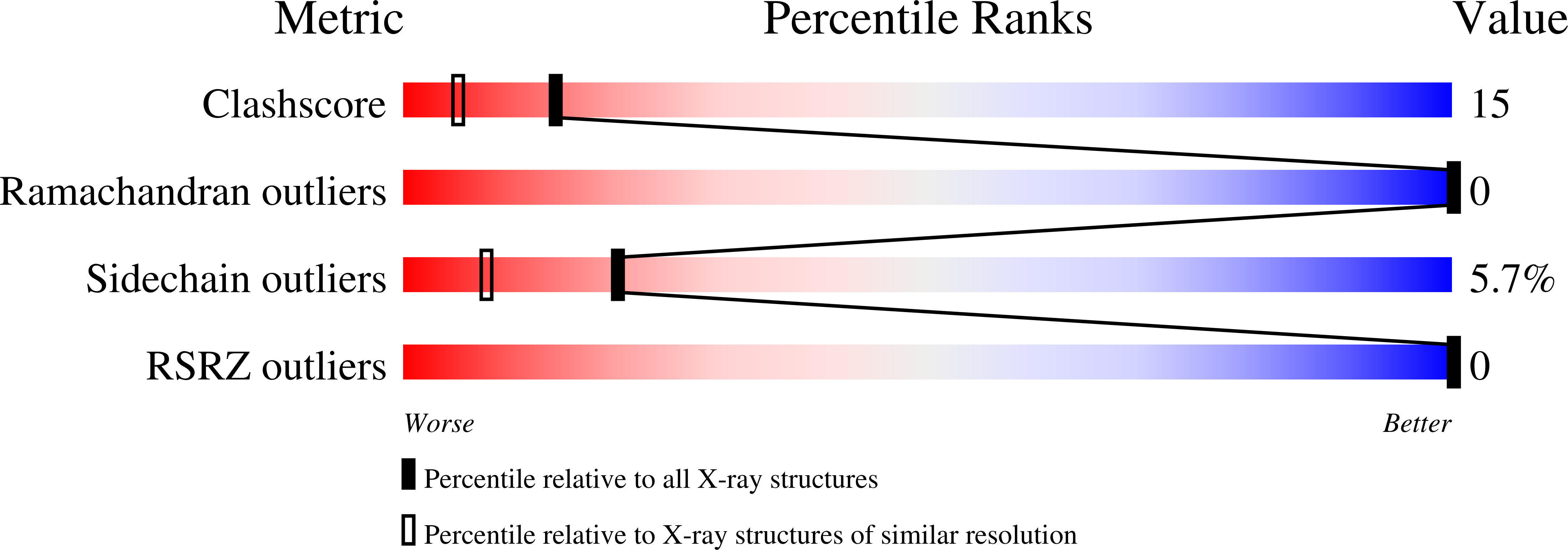
Deposition Date
1998-07-13
Release Date
1999-01-13
Last Version Date
2024-05-29
Entry Detail
Biological Source:
Source Organism:
Equine infectious anemia virus (Taxon ID: 11665)
Host Organism:
Method Details:


